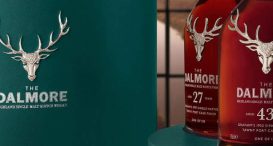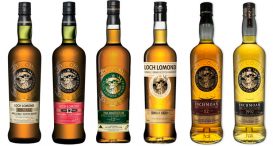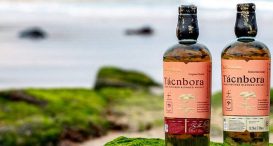Casks, Coats and Remarkable Regional Malts, by Jenny Rogerson
let’s begin
Tasting Whisky is truly a skill, but you don’t have to be an expert in writing tasting notes to recognise a dram that you really enjoy. I’d certainly categorise myself as a “novice” when it comes to Whisky tasting – I know what I like, and I can pick out basic flavours, but when it comes to the anatomy of a dram, I’ll leave that to Fred Laing!
So, when I was invited to an event named “Casks and Coats” that promised me an insight into exactly how our senses of sight, sound, touch, smell and taste all interact with one another to heighten the overall Whisky tasting experience, I was intrigued and a little sceptical. I sincerely hoped it wouldn’t simply be a case of holding our noses and tasting Whiskies! And how wrong I was…
The evening, hosted by Ewan Henderson of Scotch Broth Events, was aptly named “Casks and Coats”. The “Casks” were Douglas Laing’s Remarkable Regional Malts and the “Coats” element was delivered by ten30, a Scottish men’s fashion brand, specialising in bespoke, contemporary clothing.
We began with a dram of Timorous Beastie Highland Malt, paired with “edible fleece”(or candyfloss, as it’s more commonly known). Ewan encouraged us to nose and taste the Whisky first and note its overriding flavours. “A little spicy” some said, whilst others picked up more of the fruity, even malty notes. We tore off chunks of the edible fleece and let it dissolve on our palates before trying another sip of Timorous Beastie. And what a sensory experience it was! The dram fizzed with honey and caramelly notes, and we all agreed that the flavours were heightened. Ewan encouraged us to note how the texture of the candyfloss (sorry, “edible fleece”) changed as soon as it came into contact with moisture. Could the same be said for adding water to Whisky?
Moving swiftly on, to an experiment designed to understand the impact of our sense of sight on our tasting experience, we viewed a short and fascinating film about the Isle of Harris, and specifically Harris Tweed. We learned about the strict rules of the Harris Tweed trademark, a brand that is owned not by an individual, but by the indigenous people of Harris. Tweed is only considered Harris Tweed when it is hand-spun, hand-woven and dyed by an islander, on Harris. Very interesting, we agreed, but what does that mean for our Whisky?
That started to become clear when we tasted Rock Oyster Island Malt Whisky, paired with a smoked salmon rice cake. Alan from ten30 gave us each a sample of Harris Tweed fabric, and we soon realised the link between its herringbone pattern, and the lines we could see on the salmon. Rock Oyster, a dram named in honour of Scotland’s islands, offered a beautifully maritime and slightly smoky pairing, and we all felt rather patriotic! We savoured the dram, and many of us accepted a top up, whilst waxing lyrical about how we could imagine ourselves on a Scottish island, sipping the smoky, slightly salty Rock Oyster on the beach. Bliss!
In a somewhat unnerving turn of events, we were then asked to wear a blindfold and rub a piece of rough sandpaper between our fingers. A small but pungent slab of peat was lit, and smoked away as we tasted Big Peat Islay Malt. Our host asked us to describe the dram, and “smoky”, “strong”, “powerful” and “peaty” were among the most popular phrases.
A glass of water followed, and we were each handed a piece of fur and a “mystery dram”. Immersed in darkness behind our blindfolds, we were under strict instruction to clear our minds and really focus on our senses of smell, touch and taste. We touched the fur and nosed and tasted the new Whisky. The dram was described by the crowd as “fruity”, “smooth” and “light”, in stark contrast to the punchy Big Peat we’d just tried. Imagine how foolish we felt when we discovered it was in fact the same Whisky!
The final dram of the evening was Scallywag Speyside Malt, partnered with the most delicious salted caramel and chocolate bite. The dark, fruity and winter spicy notes of the Whisky extracted the very richest notes from the chocolate, and it was very easy to forget it was a rainy day in Glasgow! Behind my blindfold, I pictured myself in front of a cosy fire, just back from a wintery walk up in Speyside. Bliss!
To close the evening, Ewan topped up our Scallywags and asked us all to be very still and quiet. Soon, the music of Swan Lake filled the room. We were asked to taste the Whisky each time the pace and volume of the music changed, and closely observe how thesound changed the taste of the Whisky. I’d never have believed it, but it really was true. As the music reached a powerful crescendo, I could detect more of those winter spices – nutmeg, ginger and cinnamon – and as it became slower and softer, the fruitier notes of the Whisky prevailed.
As a self-confessed cynic, I can truly profess that the sensory pairings truly did alter the flavour profile of our Whiskies. I like to think I know Big Peat pretty well, but blindfolded and touching a soft and furry piece of fabric, I didn’t even recognise the big chap! So, next time you’re tasting a new Whisky, or even an old pal, really give some thought to your surroundings. Does the music “match” the dram? Does your food pairing complement the Whisky? And do you make assumptions about how a Whisky will taste, based on its colour?
Give it some thought – it’s fascinating, I promise!
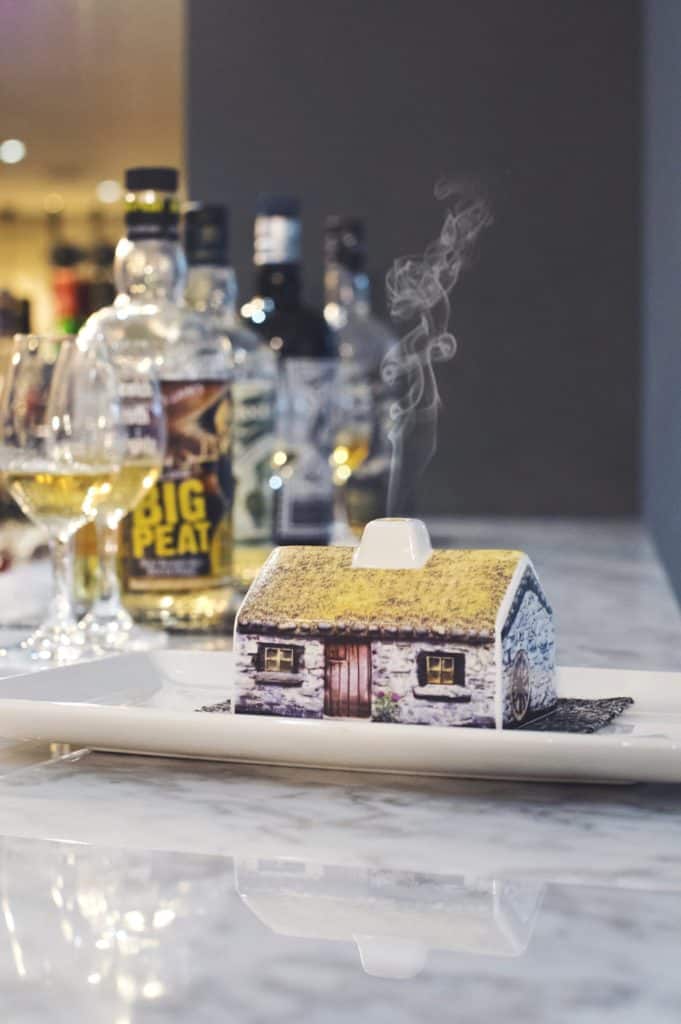
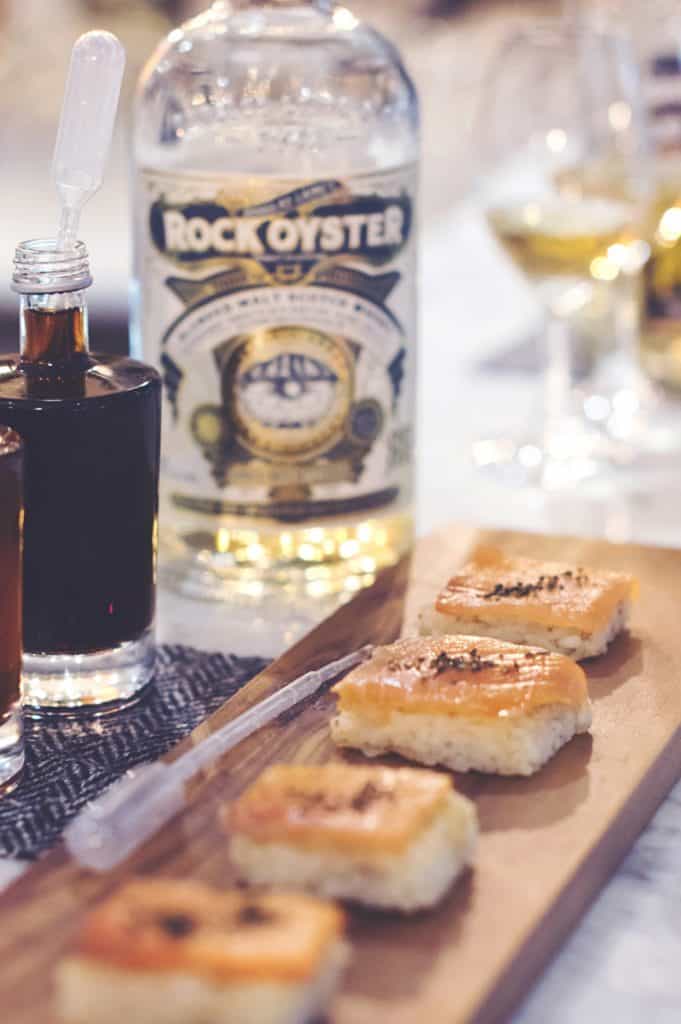
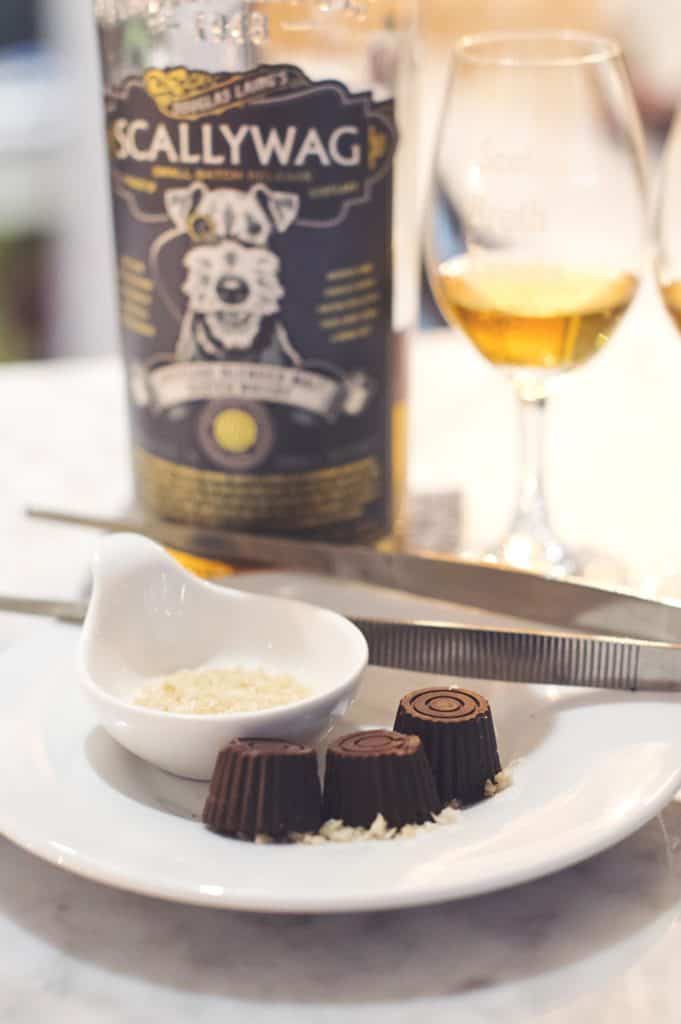
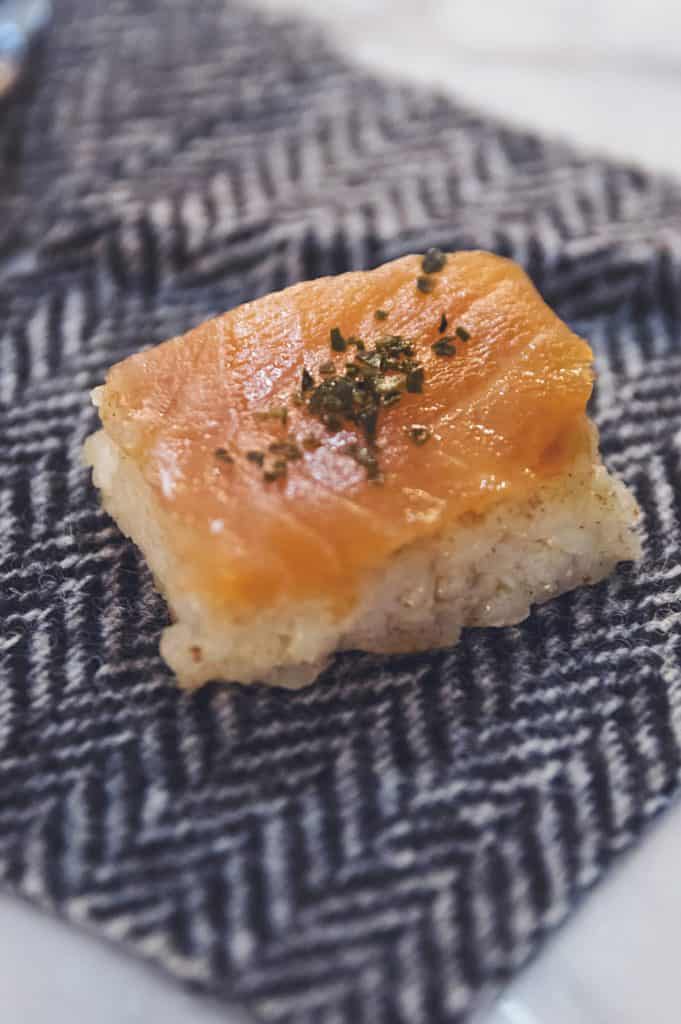
About Douglas Laing’s Remarkable Regional Malts
Established in 1948, Douglas Laing is globally regarded as a leading independent Scotch Whisky specialist, with a focus on genuine Small Batch and artisan bottlings. With over 65 years industry expertise and experience, we are a proud family business in its third generation.
Our goal is to continually exceed the expectations of our customers and end consumers around the world by offering the most special and unique Scotch Whisky experience.
After decades of establishing unique relationships, we access and thereafter hand select the finest, and often rarest, Scotch Whisky stocks from across all of Scotland’s Whisky regions.
Douglas Laing’s Remarkable Regional Malts are a collection of premium, Blended (or “Vatted”) Malt Scotch Whiskies.
It all began in 2009 with Big Peat; a marriage of Single Malts from Distilleries in Islay. Following his success, Douglas Laing launched Scallywag in 2013 (Speyside Single Malts), Timorous Beastie in 2014 (Highland Single Malts) and Rock Oyster in 2015 (Island Single Malts).
The Remarkable Regional Malts are described as the Ultimate Distillation of Scotland’s Malt Whisky Regions, as each bottling embodies the overarching characteristics of the region it is sourced from, without colouring or chill-filtration.



